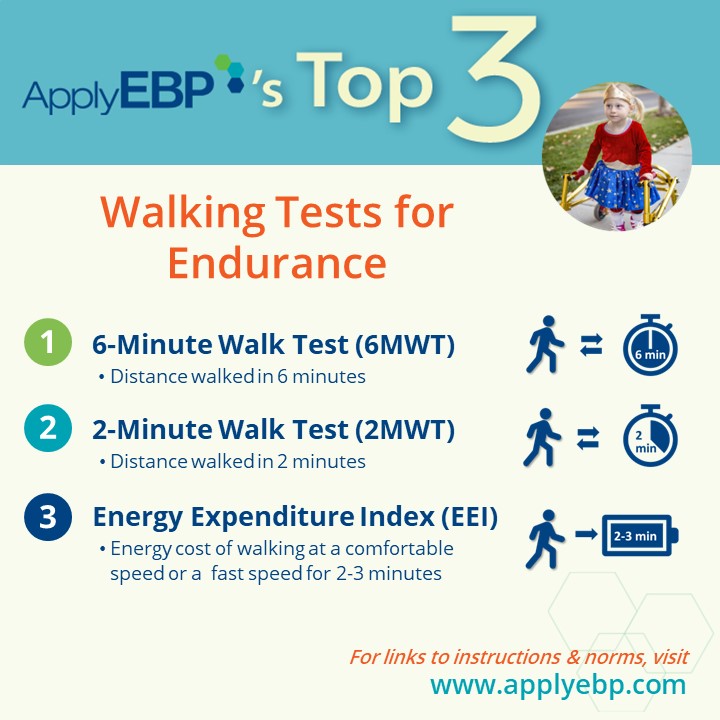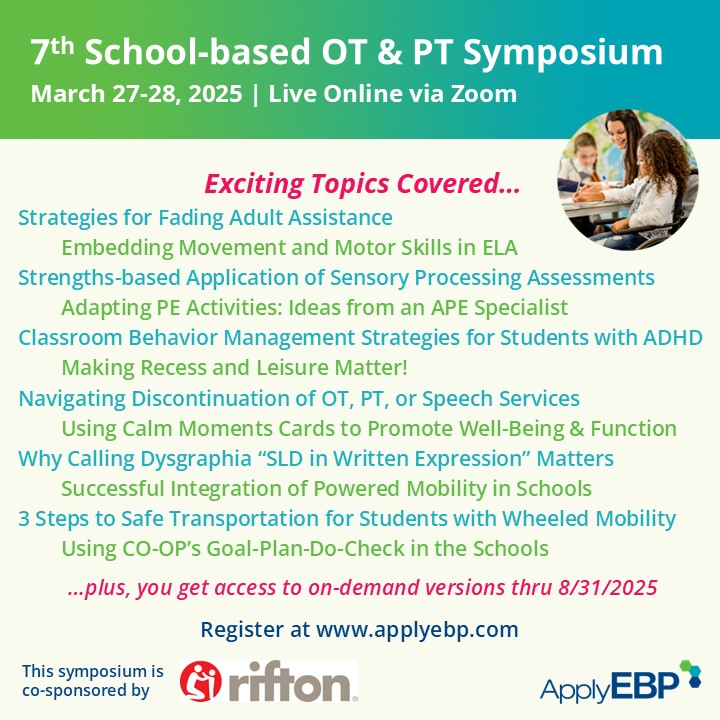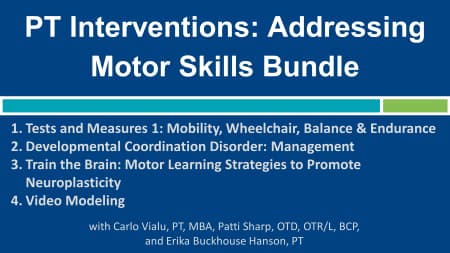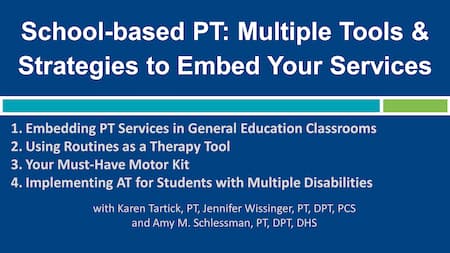Ask Apply EBP
Top 3 Walking Tests for Endurance
Note that this article is part of a series of articles on assessment. If you have not done so, first, read this articles:
-
-
-
- Must-Have Test and Organizing Your School-based Assessment – discusses the 5 critical reasons for assessing participation first
- 3 Principles for Selecting Tests – discusses the 3 principles to use when selecting tests at the activity and body function & structure levels
-
-
Q: What are the best…Walking Tests for Endurance?
In this list, we include our favorite walking tests for endurance. If you are interested in short-distance walking tests, or endurance tests that do not require walking, click here: Top 3 Tests for Walking Short Distances and Top 3 Tests for Endurance that Do Not Require Walking.
1. 6-Minute Walk Test (6MWT)
The classic test for walking endurance.
-
-
- Test instruction: Click here for the 6-Minute Walk Test procedures
- Reference Data: Click here for the data from 1 study
- Time for administration: 10 minutes
- Equipment needed: timer, floor tape, cones
- Why we like this test: It’s a classic!
- What to note: The 6MWT is designed to be a test of submaximal endurance. Be careful when testing individuals with cardiorespiratory issues. It would be good practice to test for Heart Rate and to use a Perceived Exertion Scale with this test.
-
2. 2-Minute Walk Test (2MWT)
Research showed that, generally, the distance walked in the first 2 minutes of the 6MWT is typically the same as in the last 2 minutes of the 6MWT. So why not just shorten it to 2 minutes?! Hence, the 2MWT was born.
-
-
- Test instruction: The same instructions as the 6-Minute Walk Test, just shortened to 2 minutes of walking
- Reference Data: Click here for the reference data, page 18
- Time for administration: 5 minutes
- Equipment needed: timer, floor tape, cones
- Why we like this test: So much shorter, so more likely easier for children than the 6MWT.
- What to note: We also like that the reference data from the NIH (via the link above) is robust, including ages 3 to 85 years old!
-
3. Energy Expenditure Index (EEI)
The EEI measures the energy cost or efficiency of walking at a comfortable speed or a fast speed for 2 to 3 minutes. The Modified EEI (link below) excluded the use of the resting heart rate in the calculation, which the authors found to improve correlation with the results of the 1-mile walk/run test.
-
-
- Test instruction:
- Reference Data: Small group averages are available in the above links
- Time for administration: 10 minutes
- Equipment needed: timer, pulse monitor, floor tape
- Why we like this test: Still shorter than the 6MWT. You can test the use of 2 different assistive walking devices to find out what is more efficient.
- What to note: Fair warning…there’s a bit of math involved here. Calculate slowly, step-by-step.
-
If you want to learn more about tests and measures for various health conditions, join…
References:
ATS Committee on Proficiency Standards for Clinical Pulmonary Function Laboratories. (2002). ATS statement: guidelines for the six-minute walk test. Am J Respir Crit Care Med, 166, 111-117.
Haley, S. M., Pinkham, M. A. F., Dumas, H. M., Ni, P., Skrinar, A. M., & Cox, G. F. (2006). A physical performance measure for individuals with mucopolysaccharidosis type I. Developmental Medicine & Child Neurology, 48(7), 576-581.
Lammers, A. E., Hislop, A. A., Flynn, Y., & Haworth, S. G. (2008). The 6-minute walk test: normal values for children of 4–11 years of age. Archives of disease in childhood, 93(6), 464-468.
Rose, J., Gamble, J. G., Lee, J., Lee, R., & Haskell, W. L. (1991). The energy expenditure index: a method to quantitate and compare walking energy expenditure for children and adolescents. Journal of pediatric orthopedics, 11(5), 571-578.
Find More Answers to Your Questions in Our...
Featured School
Symposium
Featured Live
Workshop
Featured On-Demand
Webinar
Tests & Measures 1: Balance, Walking
Featured Webinar
Bundle
School-based PT: Embedded Interventions Bundle
Have a question?
Submit here…
*Clicking submit will send your question directly to our email inbox. Your name and email will let us know that your submission is real (not spam). We will not include these in our posts, unless you tell us to include your name. Please read our privacy policy here.
All infographics and videos on www.applyebp.com are intellectual properties of Apply EBP, LLC
You may use the infographics and videos for free for any non-commercial, educational purposes. Please cite the source as “Apply EBP, LLC” and a link to the source article. If you plan to use any infographic or video for commercial purposes (i.e., for profit), please email Carlo@applyebp.com to obtain a written permission. Permission can be granted on a case-by-case basis.










